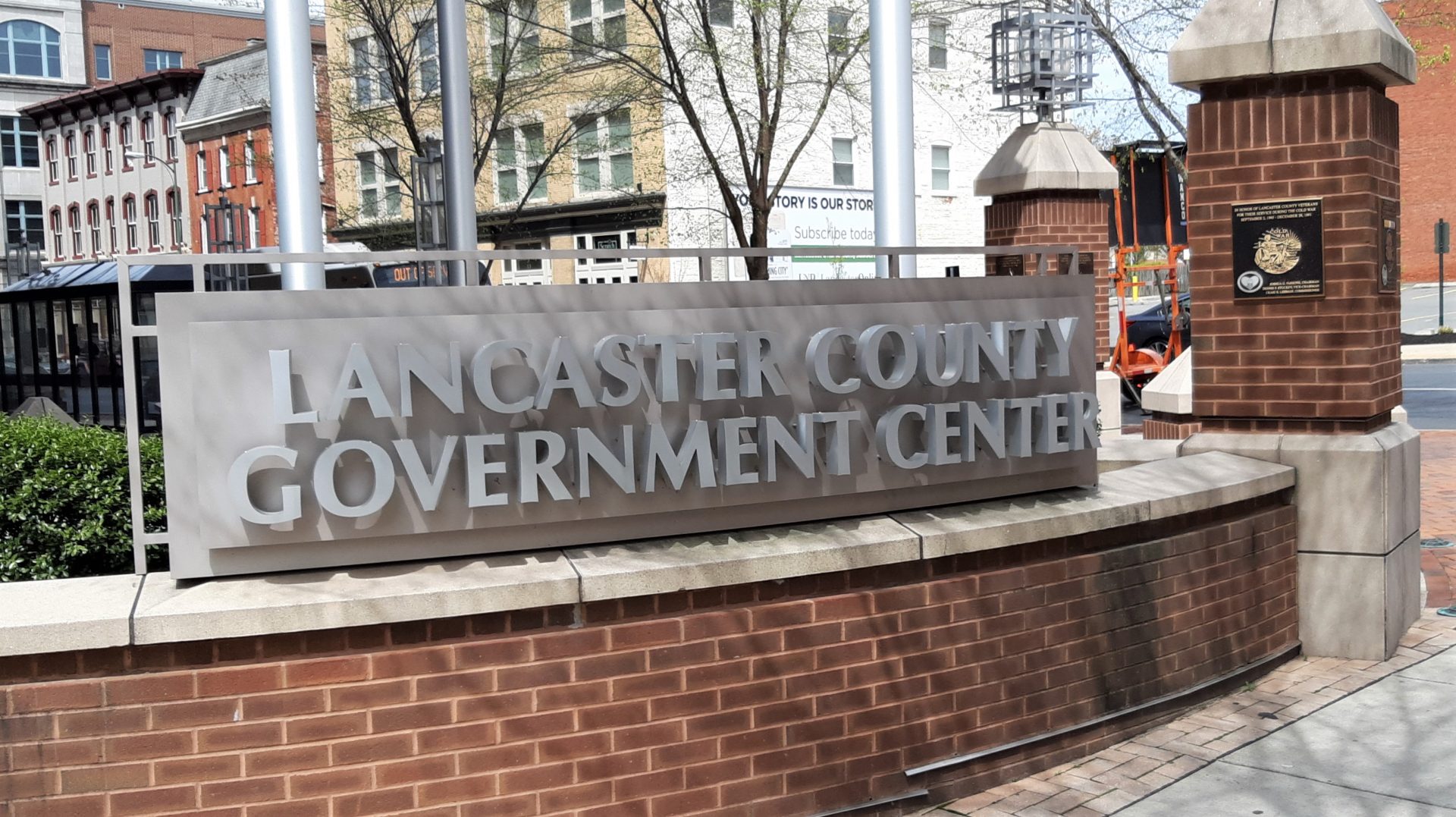Two of Lancaster County’s three county commissioners said Tuesday that they favor using American Rescue Plan Act money to cover salary and benefit costs for staff hired since the pandemic.
Doing so helps every county taxpayer and would free up revenue for infrastructure projects such as the new prison, Commissioner Ray D’Agostino said.
Commissioner Josh Parsons concurred. Provided the county makes sure it’s staying within ARPA regulations and fully documents its expenditures, he said he would support the idea.
John Trescot, the sole Democrat among the three commissioners, dissented. Just because the county is allowed to spend ARPA on personnel doesn’t mean it should, he said.
Under the ARPA law and U.S. Treasury guidance, local governments that lost staff during the pandemic can use ARPA to bring their headcounts back to pre-pandemic levels, or even slightly above. The commissioners previously discussed the option of using the provision in September.
Director of Budget Services Patrick Mulligan told the commissioners Tuesday that a preliminary “snapshot” developed by his team, analyzing what would be allowable under the law, suggests that about 300 county hires would qualify. Their salary and benefits in 2022 total about $15.6 million.
Another $950,000 in personnel expenses in county agencies such as Children & Youth and Behavioral Health/Developmental services would qualify, too, bringing the total to $16.5 million.
D’Agostino directed Mulligan to firm up and finalize his findings, with a view to crafting legislation that the commissioners could act on by the end of the year. It would authorize reimbursements from ARPA for 2022; the county would have the option of doing the same thing in 2023 and 2024.
Trescot contended the county will be flouting the intent of ARPA if it moves forward. The provision in question was designed to help government entities that couldn’t make payroll due to pandemic-related revenue losses, but that wasn’t the case here, he said.
Given that prison construction isn’t an allowable ARPA expense, it feels “disingenuous” to fund the project indirectly by using ARPA to free up payroll dollars, he said. He said the county should instead be seeking to use ARPA in the most impactful way possible.
There are always tradeoffs, D’Agostino responded: Funding infrastructure helps all taxpayers, and there will still be ARPA available for community projects.
Parsons and D’Agostino both said it’s appropriate to use federal dollars for county expenses because federal profligacy drove the inflation that the county is contending with. Trescot responded that the post-pandemic inflation is a worldwide phenomenon, suggesting that supply-chain and labor force disruptions are more to blame.
The county received $106 million from ARPA, of which $76.5 million remains. It has spent $20.5 million within county government and provided nearly $9 million for third-party community projects.






